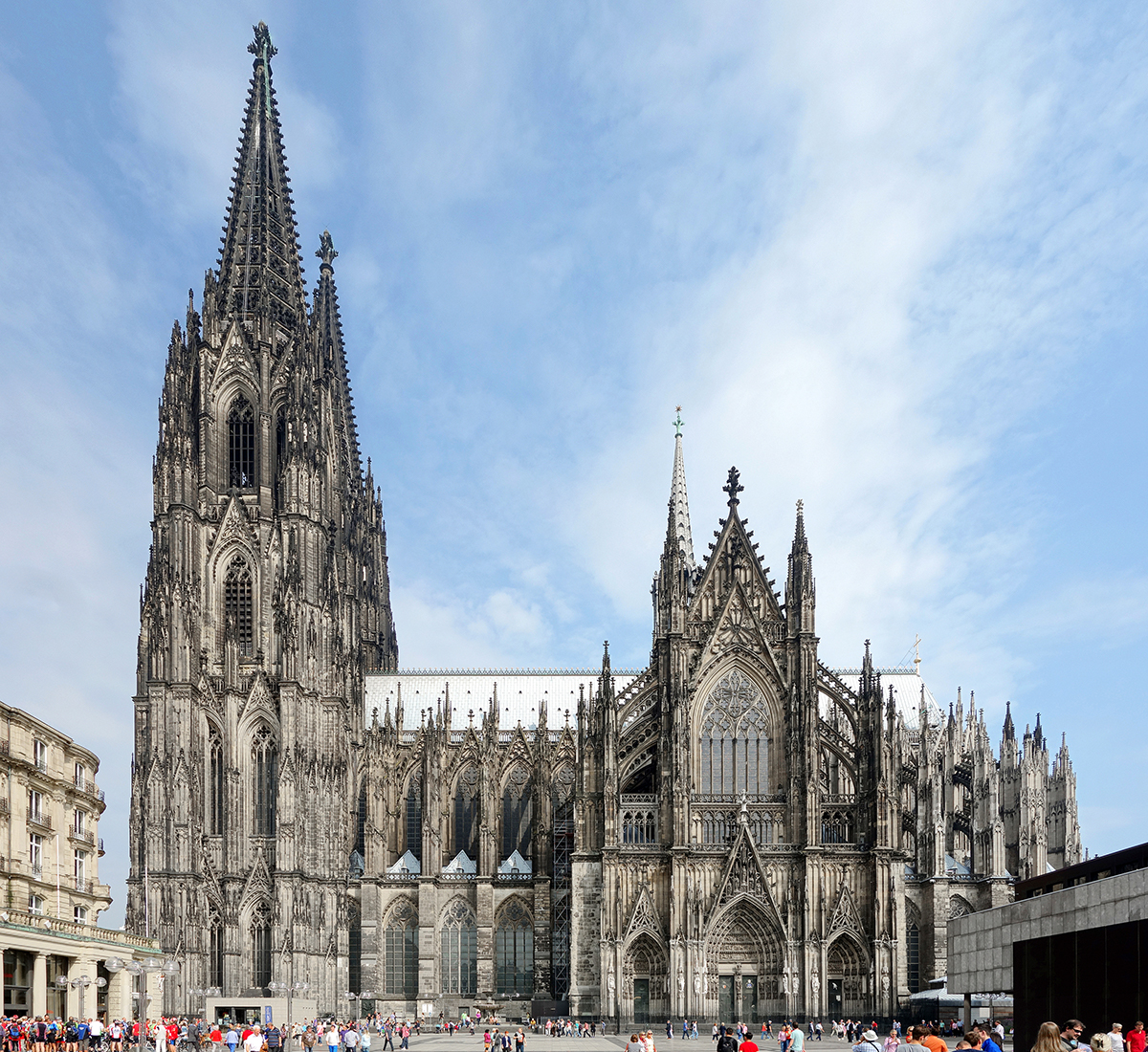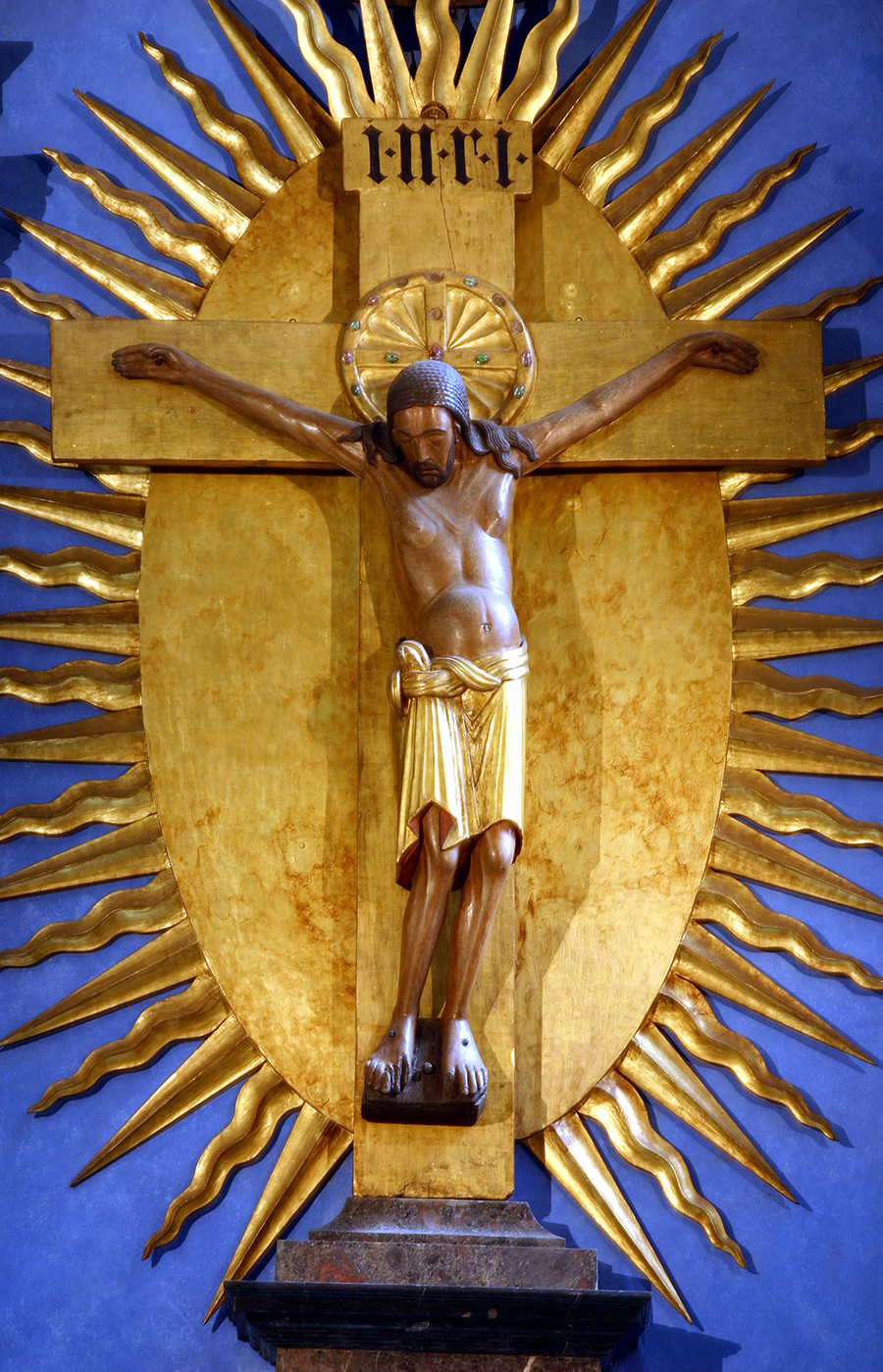This life-sized depiction of the crucified Jesus is considered a milestone in Christian iconography.
Lenten Campaign 2025
This content is free of charge, as are all our articles.
Support us with a donation that is tax-deductible and enable us to continue to reach millions of readers.
The city of Cologne, in Germany, is famous for its towering medieval cathedral. But not many Catholics may know that inside this church is preserved the oldest surviving monumental sculpture of the crucifixion to date.

Known as the “Gero cross” after the name of the Archbishop who commissioned it in the 10th century, this 6 ft x 5 ft sculpture was carved from oak, painted and partially gilded.
Not only was it the largest sculpture on this subject to be completed at the time, it was also considered the finest work out of a series of similar crucifixes that followed during the early Romanesque period. The way Jesus’ body was depicted, with his slumped head and lifeless body, evoked a sense of suffering that was missing from similar wooden crucifixes at the time. That’s probably a result of a shift in Christian teachings during the time the crucifix was completed.

The size and emotion of the Gero crucifix bring a sense of pain and sorrow in viewers rather than triumph normally associated with earlier wooden crucifixes. For this reason, the Gero crucifix is considered a milestone in Christian iconography. The halo further underlined the holiness of Christ’s suffering.
The Gero cross is currently preserved in a chapel near the sacristy called “the Gero Cross chapel.” It has undergone restoration work to keep its vibrant colors alive, but its structure has remained faithful to its original one save for the Baroque surround, which was added in 1683.
You can visit Cologne Cathedral for free from Monday to Saturday (6 a.m. – 7:30 p.m.) and Sundays (1 p.m. -4:30 p.m.).








